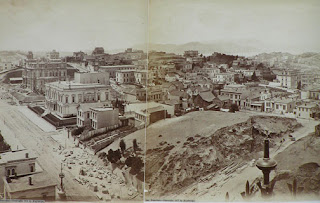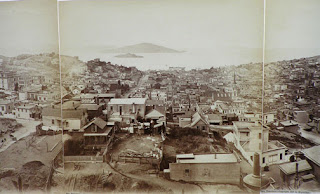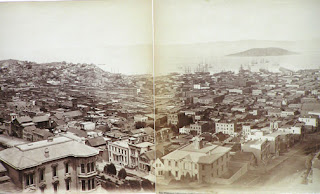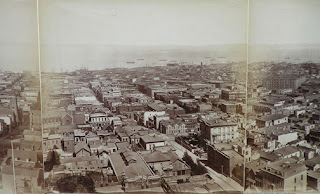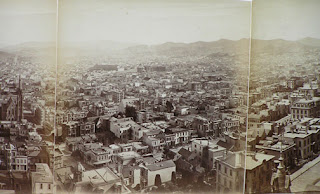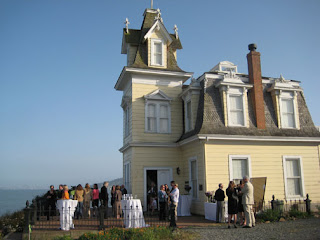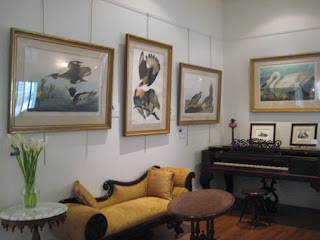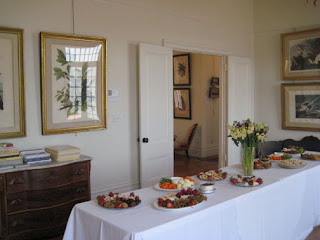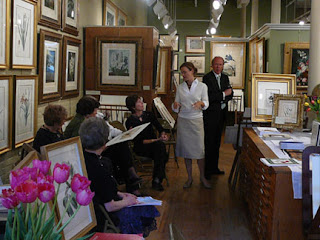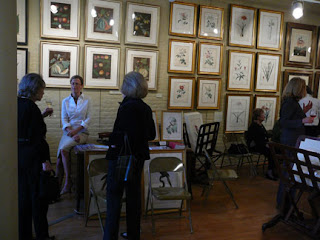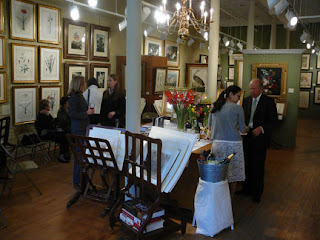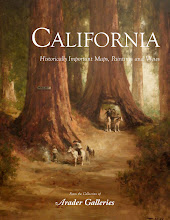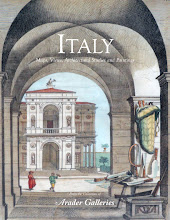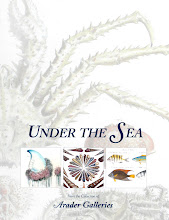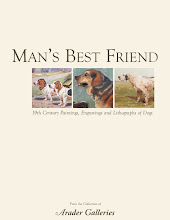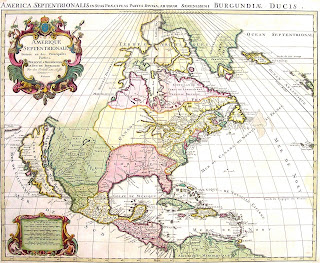
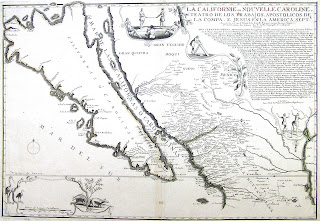
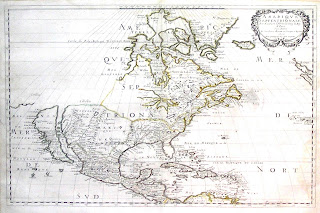
 One of the most interesting cartographic myths of the European exploration of the Americas was maps depicting California shown as an island. This famous misconception impacted the accuracy of mapmaking for over a hundred years, until its acceptance of California as part of the mainland was established in the mid-eighteenth century.
One of the most interesting cartographic myths of the European exploration of the Americas was maps depicting California shown as an island. This famous misconception impacted the accuracy of mapmaking for over a hundred years, until its acceptance of California as part of the mainland was established in the mid-eighteenth century. Between the years of 1500 and 1747, a lot of confusion ensued over whether or not California, a mysterious land with an abundance of gold, was in fact an island. As early as 1500, California was thought to be an island. As more and more explorers ventured up the coastal region, it was established that California was, in reality, part of the mainland. This discovery, however, did not last long as miscommunications and mistaken observations turned the coast back into an island!
Beginning in the year 1622, California began its cartographic existence as a large island off the coast of Newe Spaine, accompanied by an article by Henry Briggs. The “island of California” appeared to have a rough and rocky coastline complete with smaller islands off the shore. The theory became universally accepted over the next ten years as influential published such as Nicolas Sanson, Fredrick de Wit and Nicolas de Fer created beautiful maps that confirmed California’s insularity. Some maps even highlighted a functional Northern coast with finger-like peninsulas reaching towards the mainland.
Father Eusebio Kino confirmed that California was part of the landmass of America in 1698 by walking to California from the mainland without encountering a body of water, then showing his results in a map published in 1705. Still, it was not until 1747 when Ferdinand VII of Spain declared it part of the mailand, by royal decree stating, “California is not an Island,” that cartographers began to eliminate the myth. Interestingly, the practice of depicting California as an island lasted until 1865 in Japanese cartography.
Arader Galleries is pleased to present to you our collection of these cartographical curiosities, all of which are currently available for purchase at our San Francisco location. Please contact us with any questions you have about this fascinating collection.



 One of the most interesting cartographic myths of the European exploration of the Americas was maps depicting California shown as an island. This famous misconception impacted the accuracy of mapmaking for over a hundred years, until its acceptance of California as part of the mainland was established in the mid-eighteenth century.
One of the most interesting cartographic myths of the European exploration of the Americas was maps depicting California shown as an island. This famous misconception impacted the accuracy of mapmaking for over a hundred years, until its acceptance of California as part of the mainland was established in the mid-eighteenth century. 
